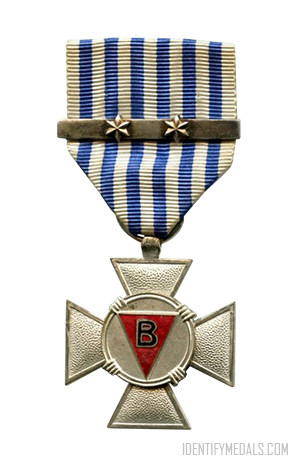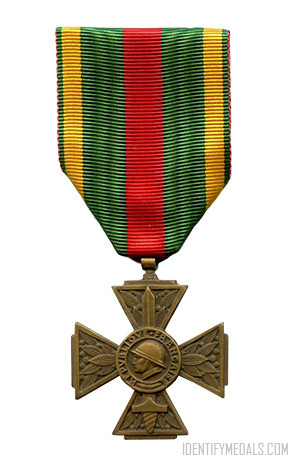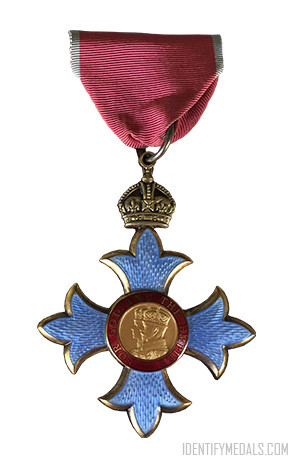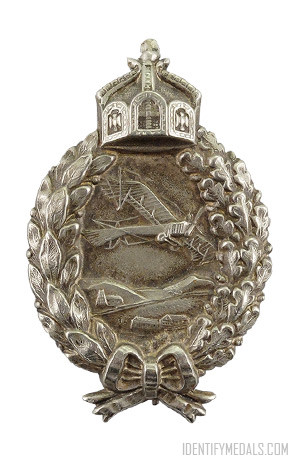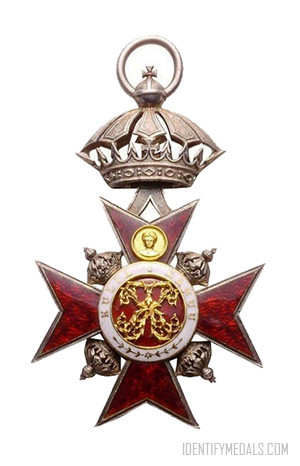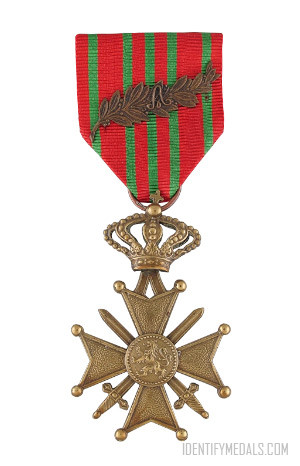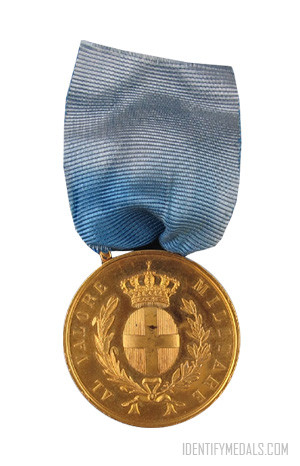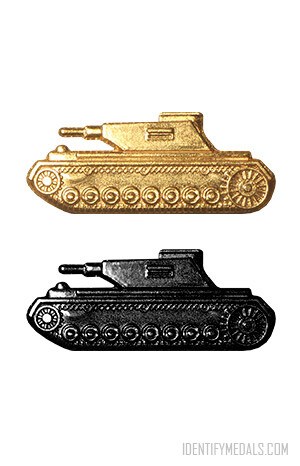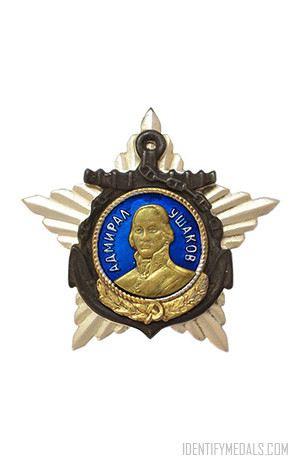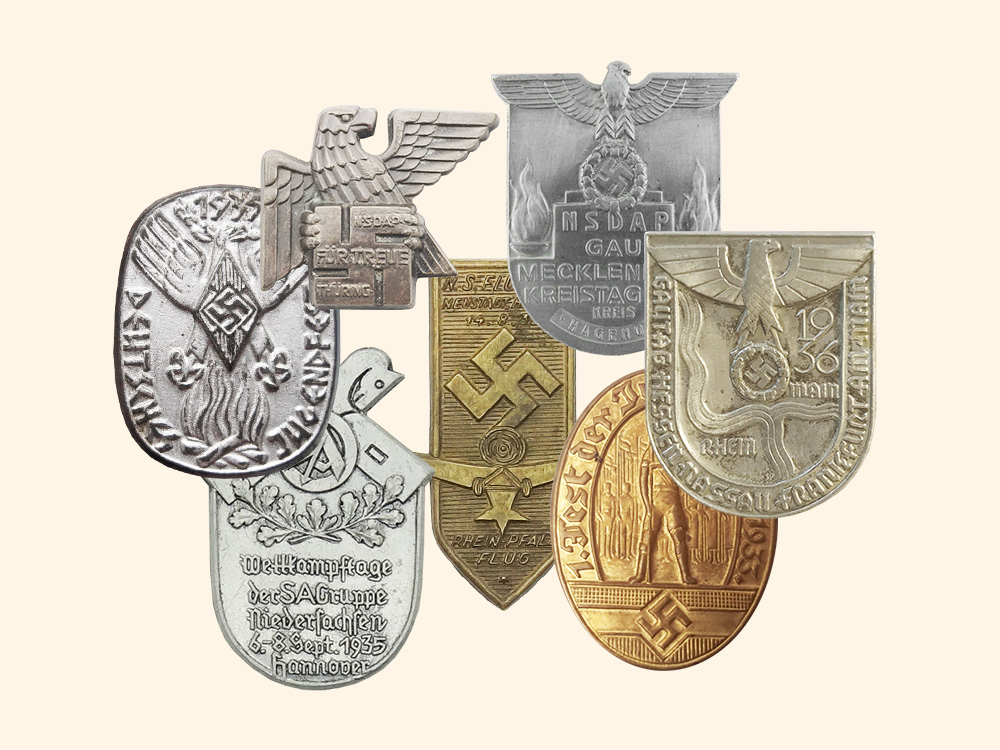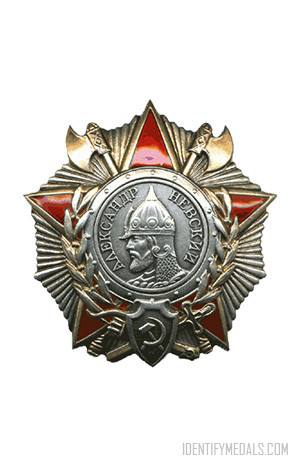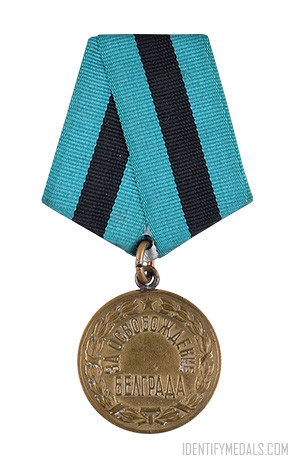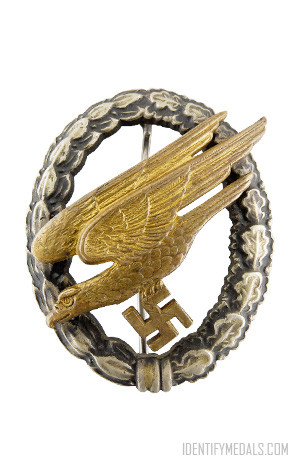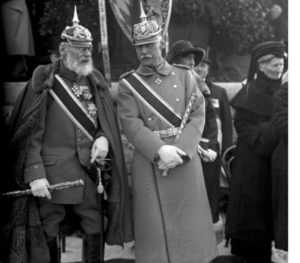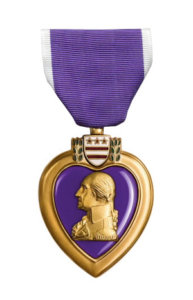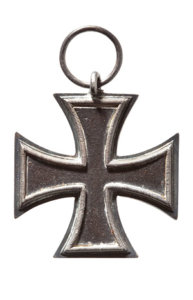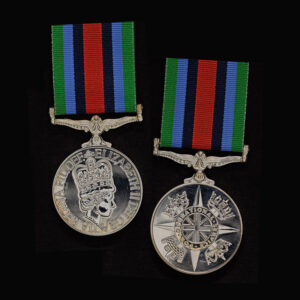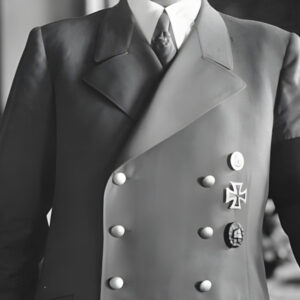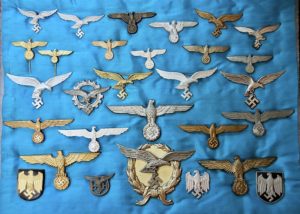- Time Period: Second World War
- Institution: 13 November 1947
- Country: Belgium
The Political Prisoner’s Cross 1940–1945 (Croix du Prisonnier Politique 1940–1945, / Politieke Gevangenkruis 1940–1945) is a Belgian war medal established on 13 November 1947 by royal decree of the Regent and awarded to Belgian citizens arrested and interned by the Germans as political prisoners during the Second World War.
The award’s statute also included provisions for posthumous award should the intended recipient not survive detention, and the right of the widow (the father or the mother of the deceased) to wear the cross.
The Political Prisoner’s Cross 1940-1945 Design
The medal is a cross pattée measuring 37mm wide and is struck in silver.
Its obverse bears a 2 cm in diameter central medallion surrounded by barbed wire with an inverted red enameled triangle with a black capital “B” at its center, representing the insignia internees had to wear on their prisoners’ uniforms that identified them as Belgian political prisoners. The reverse also bears a central medallion but enameled in black and bearing the years “1940 1945” in silver numerals.
The ribbon is 38mm wide white silk moiré with six 3mm wide longitudinal blue stripes 3mm apart from each other, the colors representing the striped prisoners’ uniforms. The cross was suspended by a ring through a suspension loop.
Silver bars with up to four small five or six-pointed stars on them could be worn on the ribbon, each one denoting a period of six months of internment. Many veterans opted instead for small individual silver stars directly affixed to the ribbon. In the case of a posthumous award, a black enameled bar was worn on the ribbon above the others.

